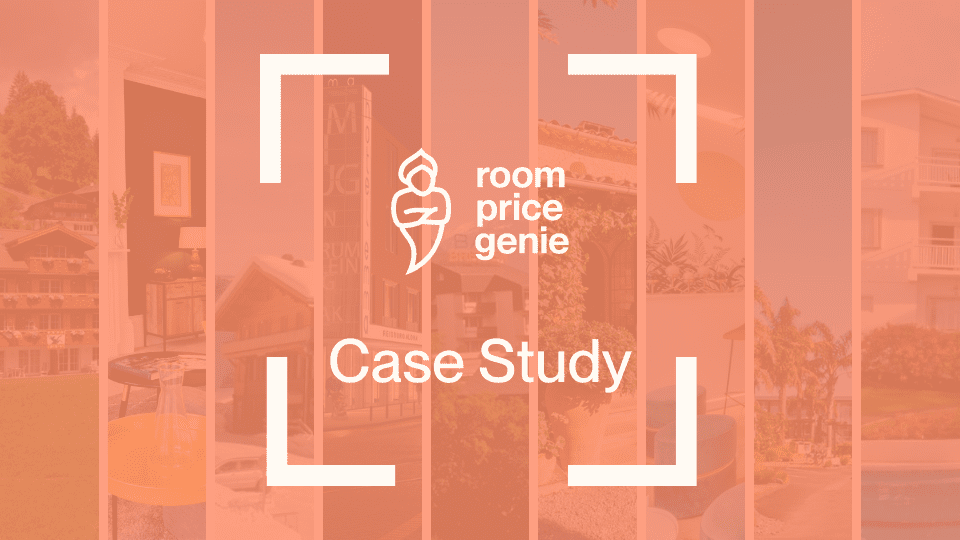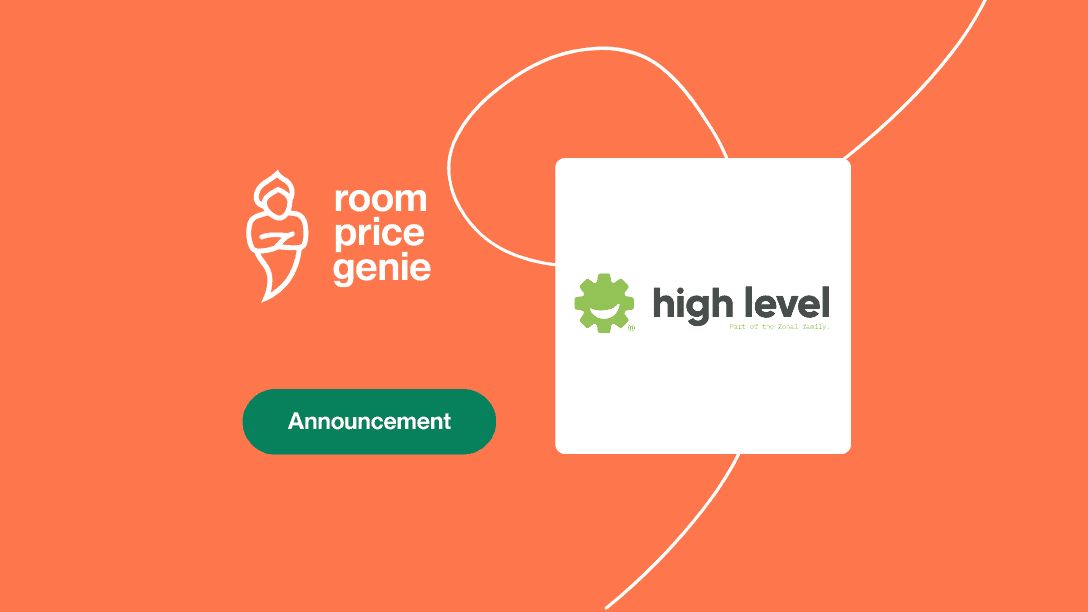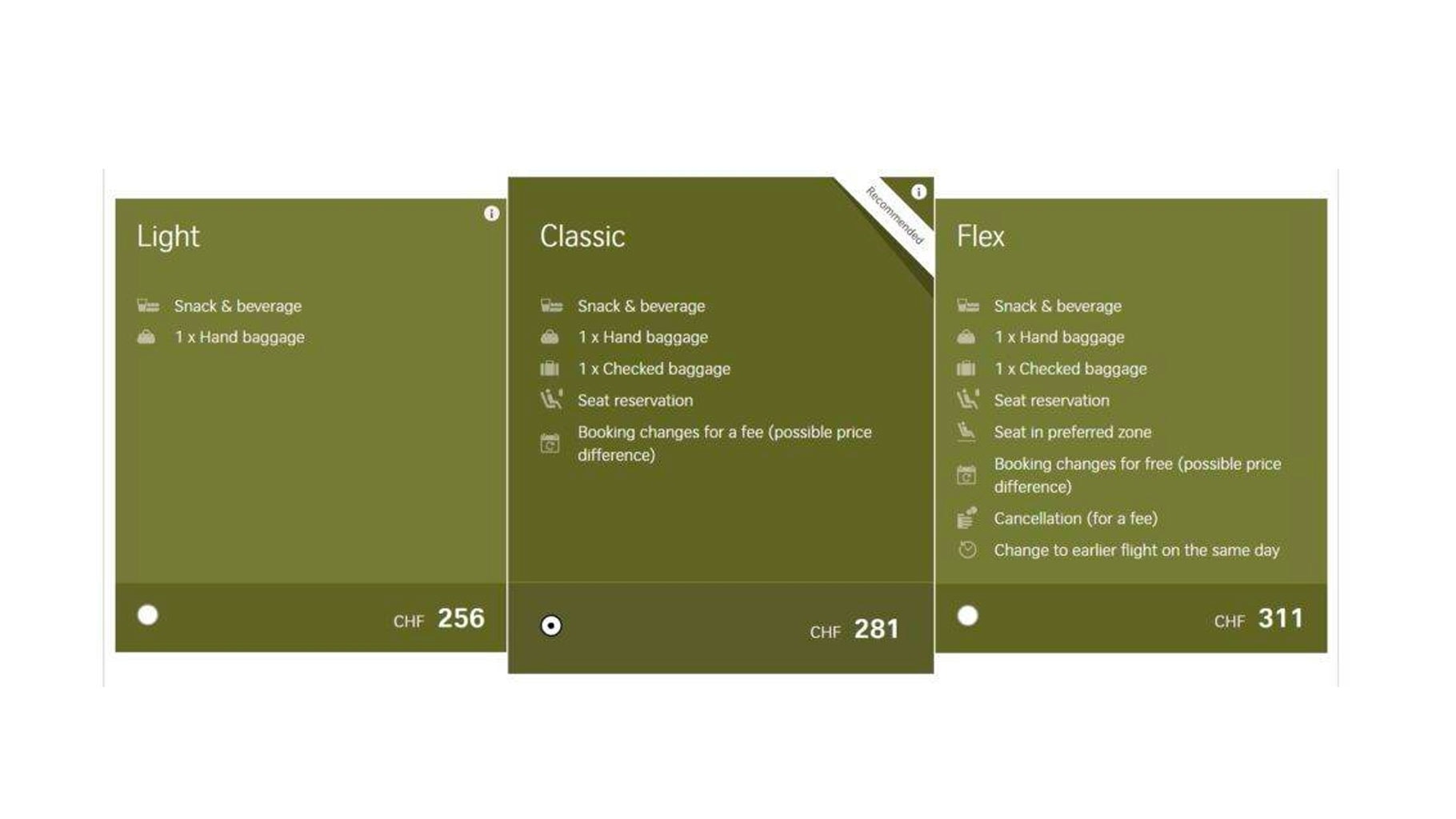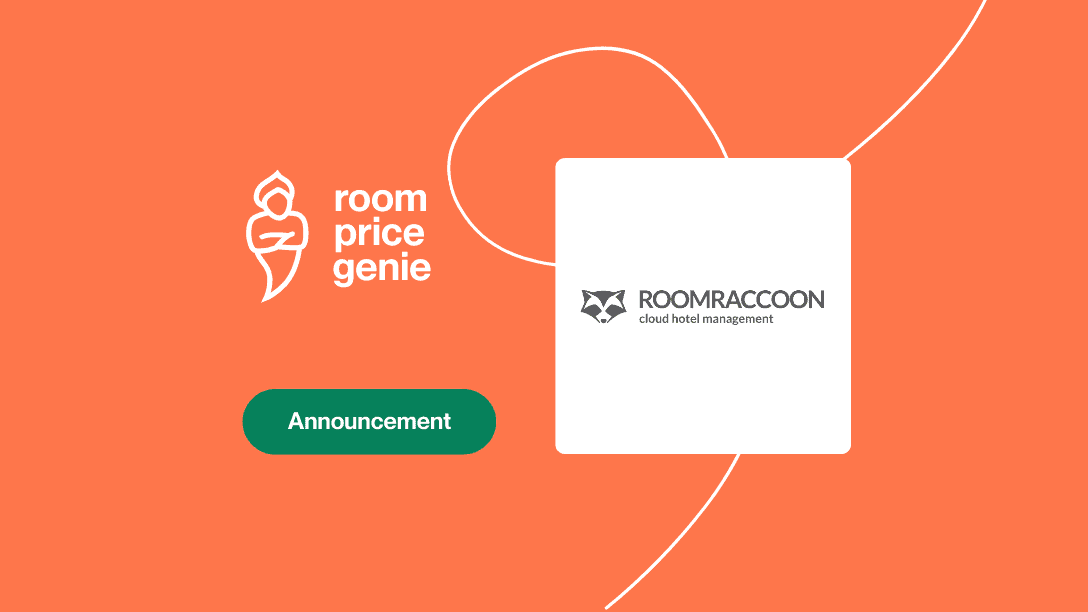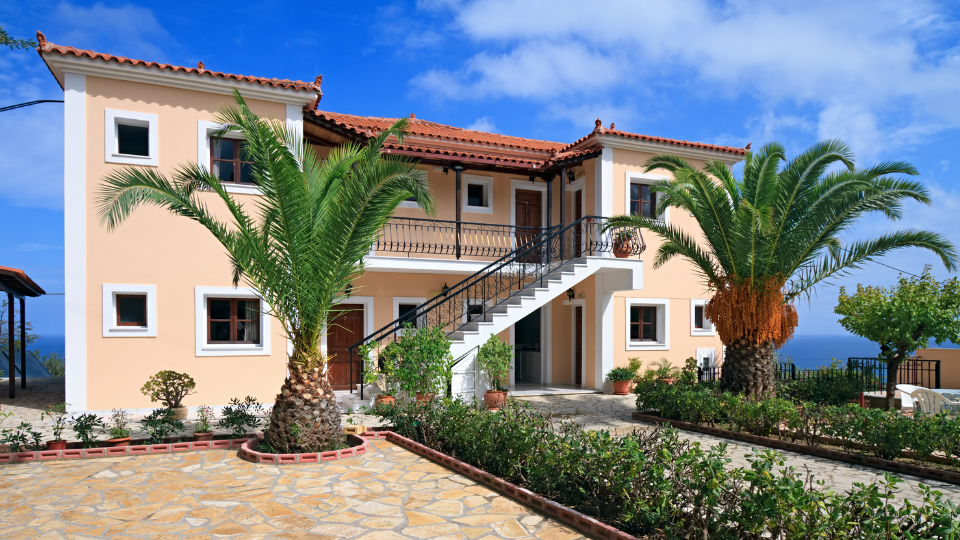Some clients want breakfast, some don’t. Others value free cancellation, others don’t. Some clients are very price sensitive, some are more value sensitive and some just want the best. When you are setting your different rate categories there are a lot of things to think about. Standard yield management theory says “sell the right product; to the right customer; at the right time; at the right price” – this is what we will look at here, but also important is the psychological aspects of offering different prices. A few little tweaks can already help to significantly increase your RevPAR.
I’d like to offer a simple rule that may help you to decide how many rate categories to set, based on behavioural science research on how humans make choices. Added to this, further research specifically on hotels will help where it comes to deciding the prices to charge for each rate.
Too much choice?
To start with; how many choices should you offer? Everyone has different requirements and everyone like choice so why not offer every possible option? We all like to have a lot of choice, don’t we?
Yes we do. A famous experiment with jams in a supermarket showed us that people do have a lot more interest in a display with a lot of choices. However, when it comes to making a decision, people are actually paralyzed by too much choice. Fear of making the wrong decision means that people will choose the safer option of no choice, maybe delaying the decision for later.
If you think of your own experience, you can probably relate to this. And it has implications for how many different room categories you offer too. You should consider simplifying your room structure so that you have 3 or at most 4 room types with clear differences and different prices (this paper shows why you need to have different pricing to decrease buyer inertia). If there are marginal differences in quality you may wish to simply offer the better rooms on a first come first served basis, or to those who book directly through your website.
So we know not to give too many choices. But what about giving too few choices?
Why 3 is the magic number
Have you noticed that when you buy some service on the internet, you are often given 3 choices. There is a reason for this. Three has been shown time and again to be just enough choice. A high enough number that the consumer feels like they have a choice, but low enough that they do not feel overwhelmed. If pushed you can offer 4 choices, but only if there is a very good reason.
But it is not just the number 3 that is special, but what these prices represent. These prices should segment your customers. In yield management terms it is about finding the right price for the customer. In behavioural science terms, it is about pushing for a quick decision and one that makes you the most income. We will call these rates, ‘Price 1’, ‘Price 2’ and ‘Price 3’.
Price 1
This is the budget option. The minimum and necessary features are offered here. It is intended for the most price sensitive consumers – those who wouldn’t pay the higher price of Price 2. This may have no breakfast and be non-refundable. This is the rate that you book if money is your main concern.
But Price 1 does more than that. It also helps guide people towards Price 2; a more expensive price. Most people don’t want the cheapest available offer. They want good value. When people order wine at a restaurant, often they go for the second cheapest. We are somehow conditioned to see the best value in the second to lowest price. So Price 1 nudges the people that are not only concerned with the cost, towards Price 2.
Price 2
Price 2 is the rate you want people to pay, it’s your standard rate. It includes breakfast and may also be cancelable until a week in advance. For the client it’s the best value option. But also given that you make money on breakfast and have a week to resell the room if they cancel – it is also the best for you. You might wish to highlight this as “The most popular rate” to nudge people even more towards it. This rate will be taken by the majority of people that want good value.
Price 3
What is Price 3 then? Price 3 is the rate for people who want the best and don’t mind about the cost. It can include breakfast and free cancellation up to 24 hours. If you have anything extra your hotel offers you can include it. And the price? Set it higher than you think. It’s no longer such good value. Price 3 is about getting more from the people who want to pay more.
And Price 3 serves another very important purpose – more important than the extra income it brings in. It makes Price 2 look cheaper. Just like Price 1, Price 3 pushes people to book Price 2. There is a very widely proven behavioural economics theory of anchoring – that your brain uses an ‘anchor’ price to determine the value of a product. If you can set that anchor high, your room will look cheap. You are using Price 3 as an anchor to make people think Price 2 is a bargain.

The image above this, from Swiss Air is a great example of a company using the Power of 3. You can see that the Light option – which is the price they use to tempt people in – is extremely basic. Classic is the normal expected from an airfare and they charge 25 CHF more – this is the best value option. Flex includes some largely meaningless extra benefits and costs another 25 CHF more. Most people, who come to that page seeing the Light price, will choose the Classic.
How to set the price difference to increase RevPAR
It depends on what you offer obviously. I would add 5-7% to change non-refundable into cancellable 1 week before. If you are including the breakfast you can add this at a slight discount too. So supposing you currently have a rate that includes breakfast (£8 a person x 2 = £16 value) and free cancellation up to 24 hours and is £100 – I would offer the same rate but as Price 2 (free breakfast and free cancellation up to a week in advance). The £100 you now charge is better for you (because they can’t cancel between a week and 24 hours in advance), and makes very little difference to most clients. It’s effectively a hidden price increase.
So how much do you then charge for Price 1? Not including breakfast and non-refundable, this can be £81. Between Price 1 and Price 2, you have £19 but for that you get £16 of breakfast and the possibility to cancel up to a week in advance. You saw Price 1 first, but now you are here you will probably book Price 2.
And what should Price 3 be? Assuming Price 3 is the totally flexible price, I would charge at least 15% more for this – maybe £115. Compared to Price 3, if you choose Price 2 you can get £15 off and only lose flexibility in the last week. This is good value. Also, it is important for you as a hotel owner because last-week cancellations cost you more money.
Summary
- Minimise number of room options where possible – make the ones that are on offer clearly different.
- Offer 3 different rates
- Have 1 budget rate that attracts people, and is intended for the people who want to pay the least. This also pushes people towards the rate one higher.
- A good Value rate in the middle for most people, with 1 week cancellation.
- An expensive rate that is totally flexible but costs a lot more. This gets a little extra income from those who want to pay more but also makes the Good Value rate look better value.
Hope this helps. If you would like to see how you can increase your income (measured by RevPAR) by up to 15%, just get in touch! Free trial and no-obligation.
